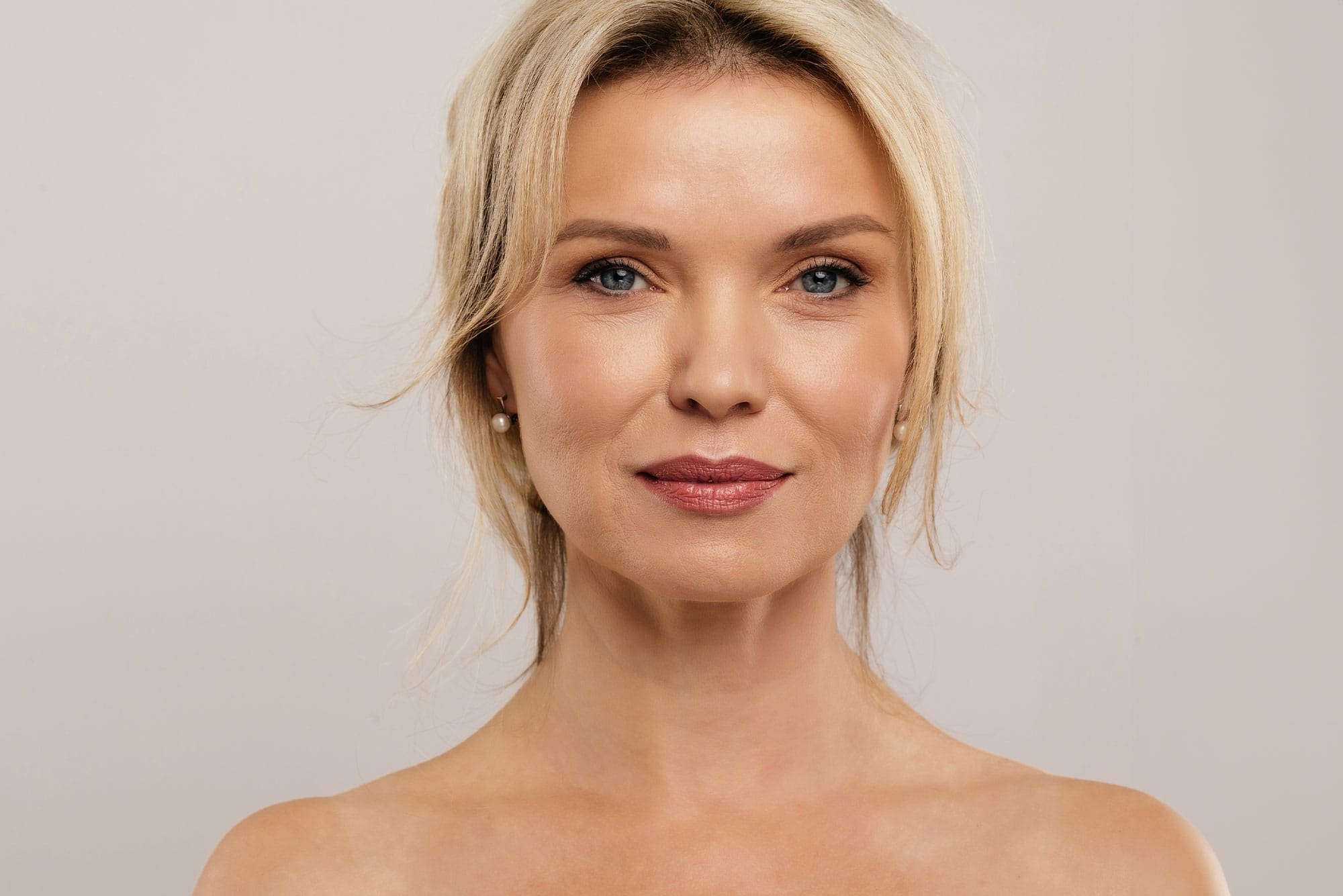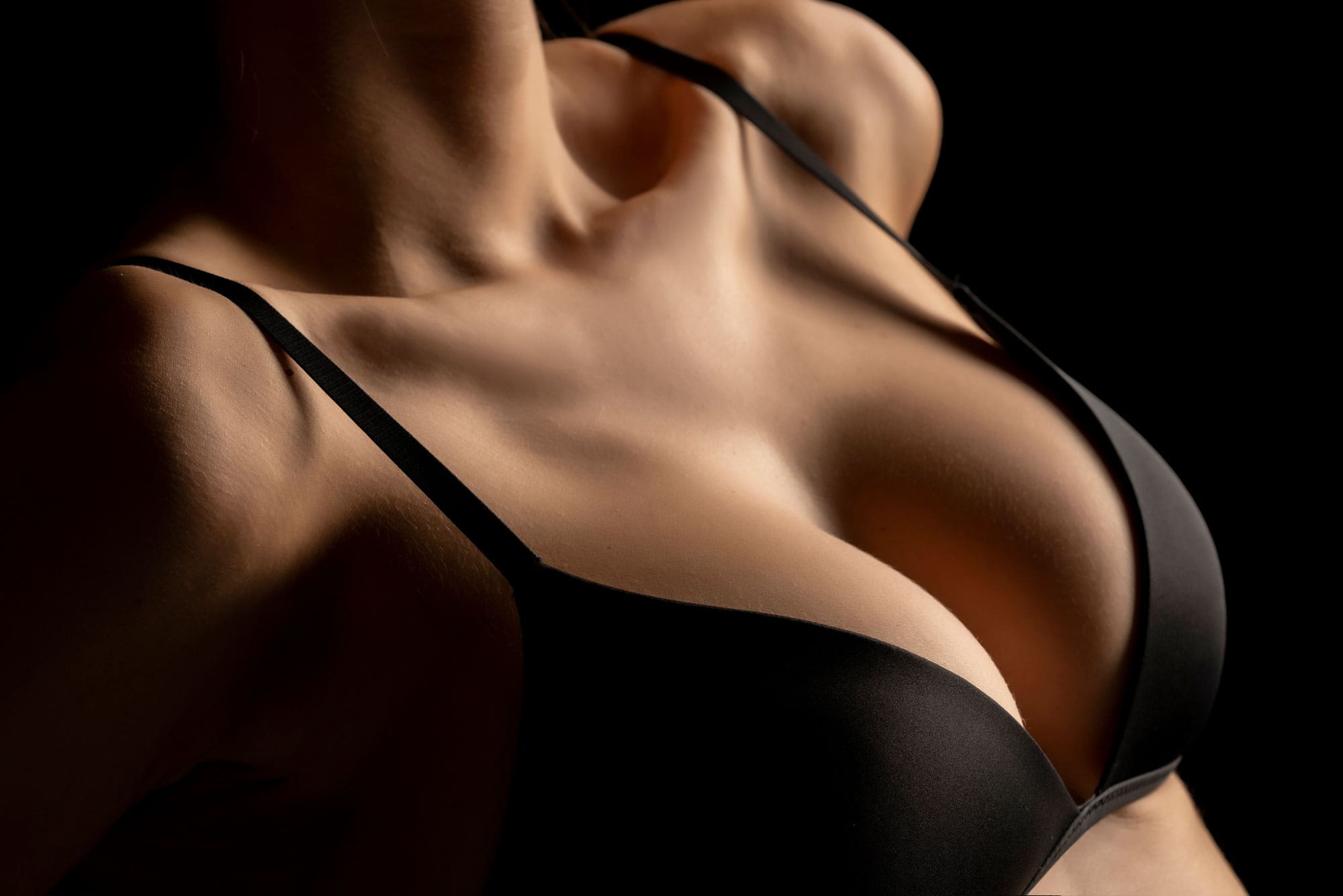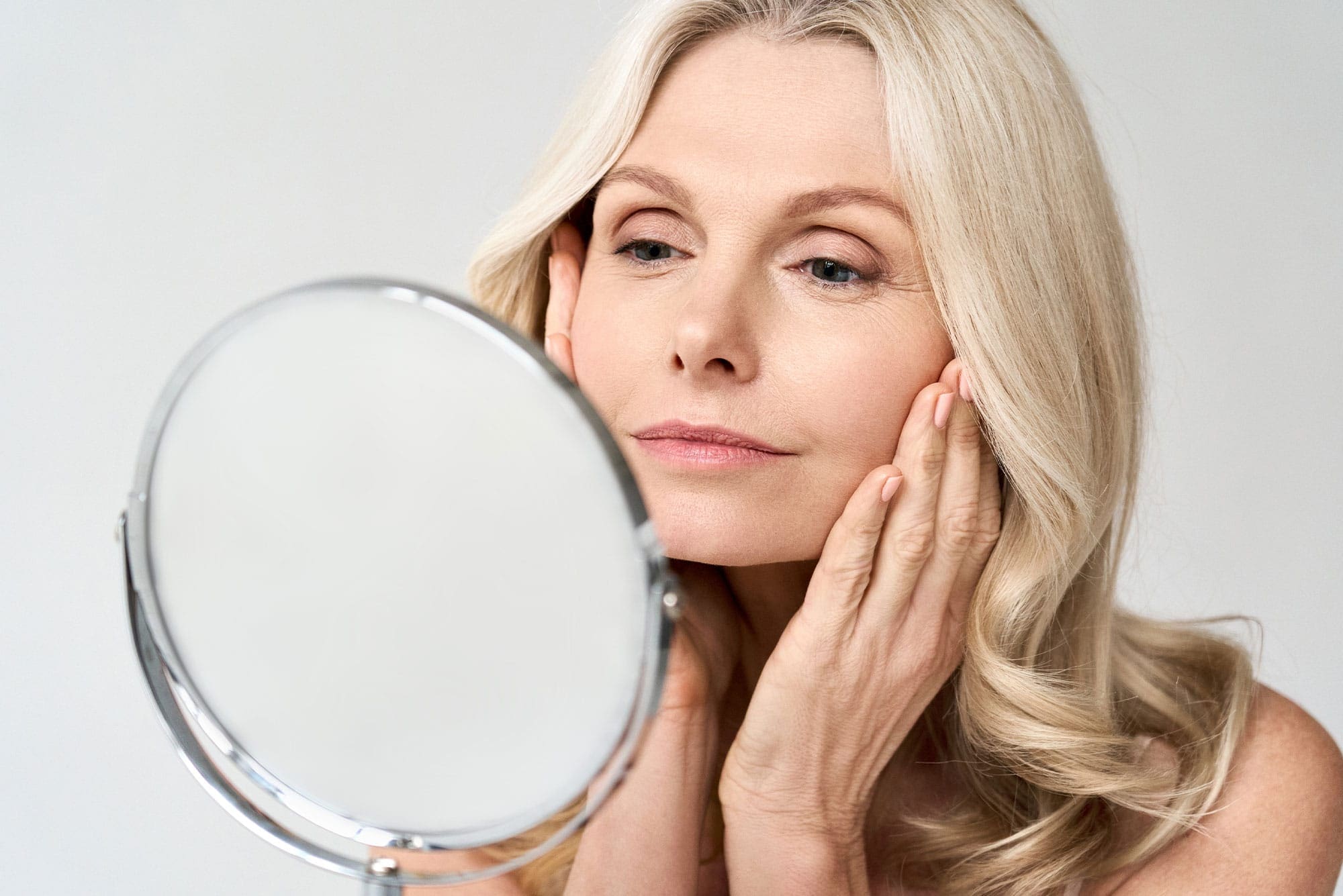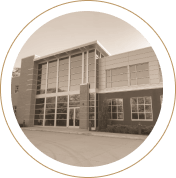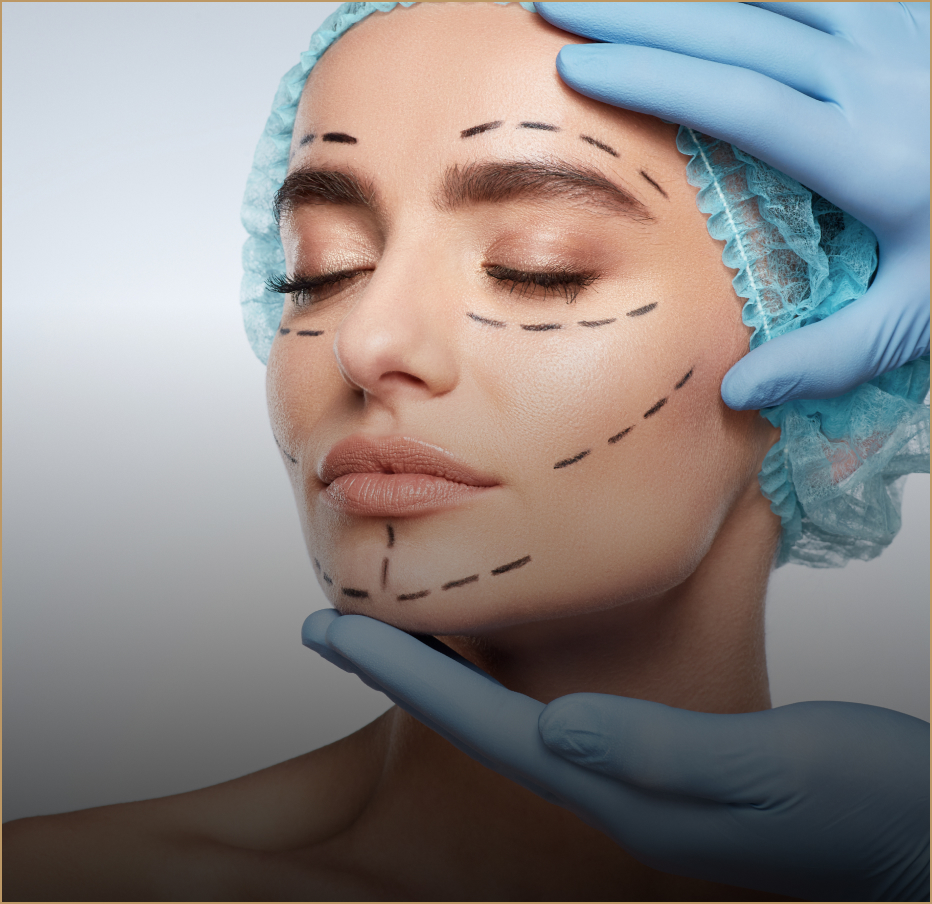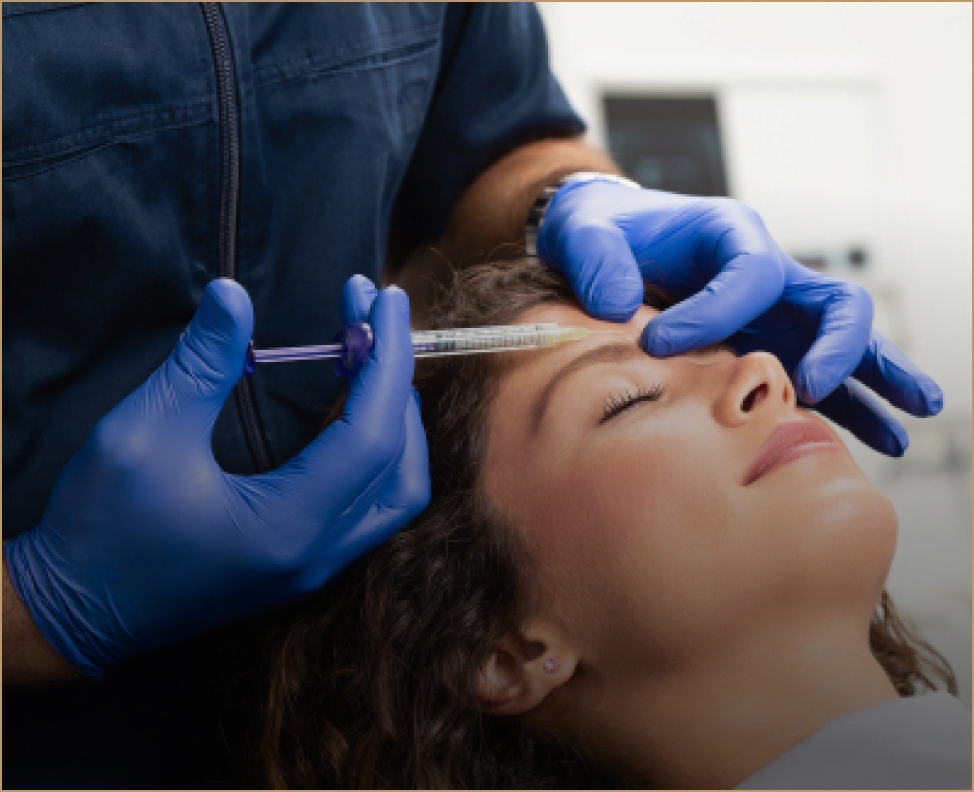There’s never been a better time for anti-aging treatments. Along with the classic surgical procedures such as facelifts and brow lifts, patients who want to reduce the signs of aging on their face can also choose injections, laser skin treatments, and most recently, Ultherapy.
Ultherapy is a non-surgical device that’s been approved by the Food and Drug Administration to lift and firm the skin on the face. The device uses ultrasound waves, which penetrate into the deeper layers of skin and stimulate the production of collagen. Compared to lasers, injections and surgery, Ultherapy offers a number of benefits.
Who is a good candidate for ultherapy?
As with other procedures and treatments, Ultherapy is recommended for people who are in relatively good health. The treatment often works best on people who are just beginning to show signs of aging, such as more relaxed or loose skin at the jawline, neck or brow. Typically, patients are in their 30s or 40s when they decide to undergo Ultherapy.
That doesn’t mean that the treatment won’t work for you if you are in your 50s or 60s. It all depends on the degree of laxity in your skin. The treatment can also be used to make the results of a more invasive procedure, such as a facelift, neck lift or brow lift, last longer.
what to expect during ultherapy treatment
The big difference between Ultherapy and laser skin resurfacing treatments is the area of skin they target. Laser skin resurfacing focuses on the outer layer of skin and on the inner layers. Ultherapy only targets the deeper layers of skin, typically at least 3 mm below the surface.
The deeper targeting of Ultherapy has a few benefits for the patient. The treatment doesn’t destroy the top layer of skin, so there’s less pain and redness.
During Ultherapy treatment, the surgeon places the device on the area of skin to be treated. The tissue below the skin is projected on a screen, so that the surgeon can target the specific area. The device sends a wave of ultrasound energy to the foundation layer below the skin. Ultherapy targets the same foundation that is lifted during a facelift surgery. In response to the energy from the device, the skin begins to produce more collagen. Over the course of a few months, skin becomes firmer and more lifted.
The duration of a Ultherapy treatment depends on the size of the area being treated. It can take as little as 30 minutes if just the brow area is treated. Treating larger areas, such as the neck, can take up to 90 minutes.
Although surgical procedures and more extensive laser skin resurfacing treatments require the use of a general anesthesia, Ultherapy does not. A surgeon can apply a local anesthetic to the area before treatment to reduce any discomfort. Patients can also receive sedation if they are particularly concerned about pain or discomfort during the treatment.
Results from ultherapy laser treatment
Ultherapy isn’t ideal for everyone. If your goal is to undergo a treatment that improves the texture of your skin, for example, a treatment that minimizes your pores or to reduce dark spots, laser resurfacing might be the better option. You can choose to combine Ultherapy and laser skin resurfacing, if you want, as the two treatments can complement each other.
Results from Ultherapy don’t typically appear right away. Some patients notice a small amount of change immediately. But, for most people, it takes between two and three months for the skin to become firmer and more lifted. In some cases, it can take as long as six months for full results to be visible.
Recovery and Downtime
Recovery following a surgical procedure can take weeks, while recovery following laser skin resurfacing can take several days or a few weeks. Ultherapy is different. There is no recovery period or need for downtime. You can receive the treatment on your lunch break, then head back to work right away.
That doesn’t mean there aren’t some side effects from the treatment, though. It’s common for your skin to be red or flushed for a short period of time after Ultherapy. Some patients also experience swelling or a tingling sensation after treatment.



